
The regions J. Addison School offers busing from are:
How we see J. Addison School
Compare with:
How J. Addison School sees itself
"As Canada's preeminent K-12 private day & boarding school, we take pride in nurturing tomorrow’s thinkers to becoming responsible and compassionate global citizens. Our elementary programs complement the Ontario curriculum with elements of Montessori and Pre-IB; all levels include our “Focus For Success™” adaptive program, where students learn and explore new ideas driven by interests and potential. Students are actively and continuously inspired to reach new academic heights and positive character development."
"Our school offers smaller class sizes with our student to teacher ratio averaging 15:1. This provides students with a better learning experience and more opportunities to improve their communication and interpersonal skills."
"Our school follows what we call the 7 Pillars of the Addison Advantage. We establish a positive relationship with not just our students but our parents and guardians as well through regular contact. Our school is also one of the few in the Greater Toronto Area that has a boarding program which provides students particularly those from other countries with a chance of a lifetime."
"We have an excellent basketball program with a large gymnasium that often hosts basketball games with other schools. At J. Addison, we have both an elite boys and a girls basketball team. While many choose to focus on academics, many can also succeed in sports."
"Families may find how incredibly diverse our school really is. It is true that many of our students are international students but they are from a variety of different countries. Many of our local students have the opportunity to interact and learn from our international students and vice versa. Families often overlook the fact that students learn from each other."

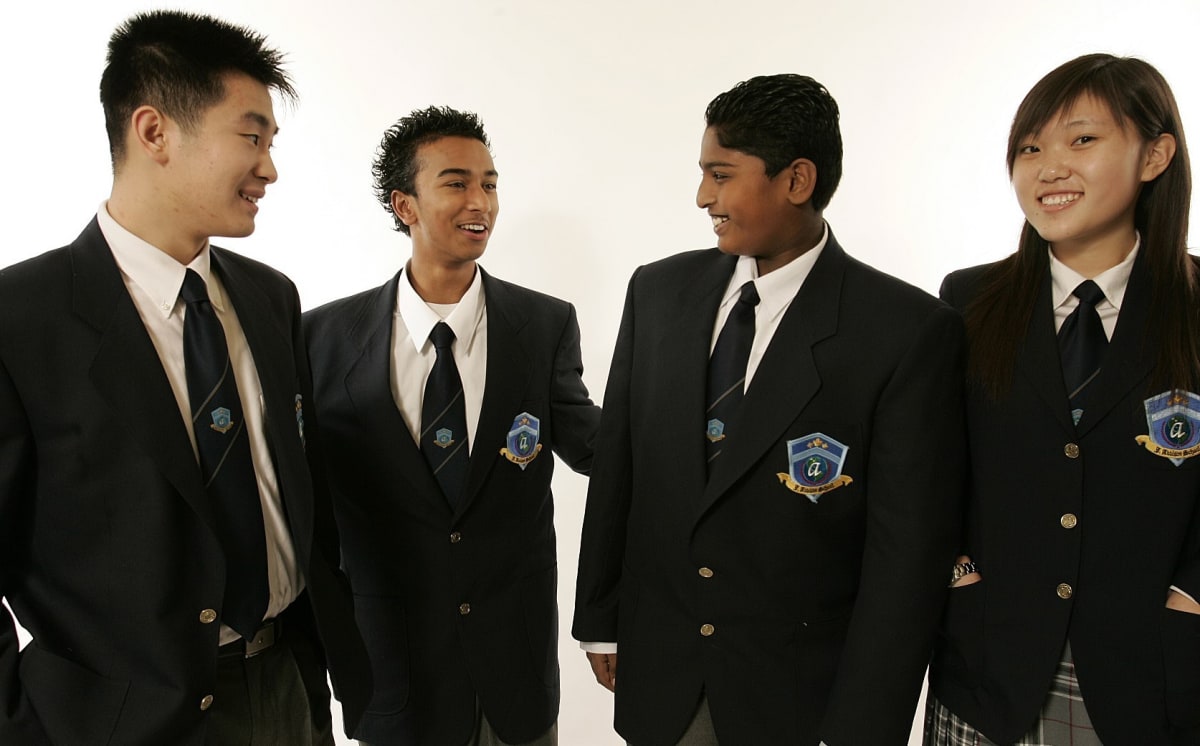

At J. Addison School, we provide students with the most inclusive learning environment. With state-of-the-art classrooms, advanced science/information technology/arts laboratories, conventional gymnasium, dance/fitness studio, music room, resourceful library, cafeteria with supervised nutritionist, and year-round dormitory residences, we truly can be every student’s optimal school of choice.

Classes like dance, theater, karate etc. take place at our Dance Studio, where students learn about body movement and be active.
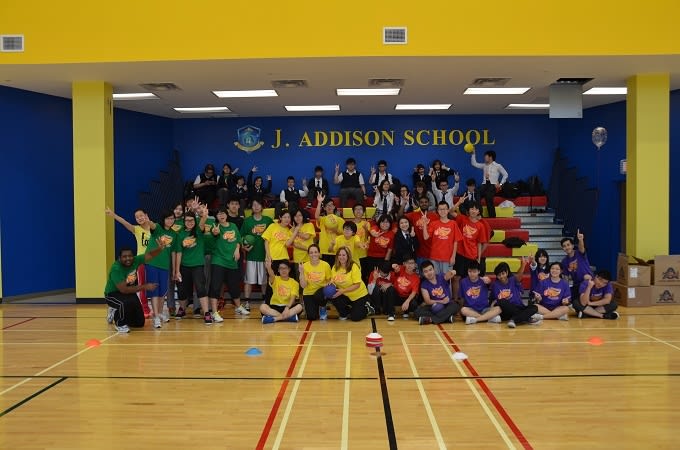
At J. Addison School we believe that character development nurtures the universal attributes upon which schools and communities find consensus. These attributes provide a standard for behavior against which we hold ourselves accountable. They permeate all that happens at J. Addison. They bind the J. Addison Learning Community together across the lines that often divide us in society. They form the basis of our relationships and of responsible citizenship. At J. Addison School we encourage both community and friendly competition between students in a supportive and inclusive environment. This provides not only an increased feeling of identity and belonging, but it also provides students with a sense of tradition and leadership opportunities.




Located at the corner of Woodbine and Valleywood Drive in beautiful Markham, Ontario, Canada, you will find our state-of-the-art 58,000 sq. ft. new built featuring residence halls, multi-sport gymnasium, cafeteria, science lab, dance studio, outdoor space and more.
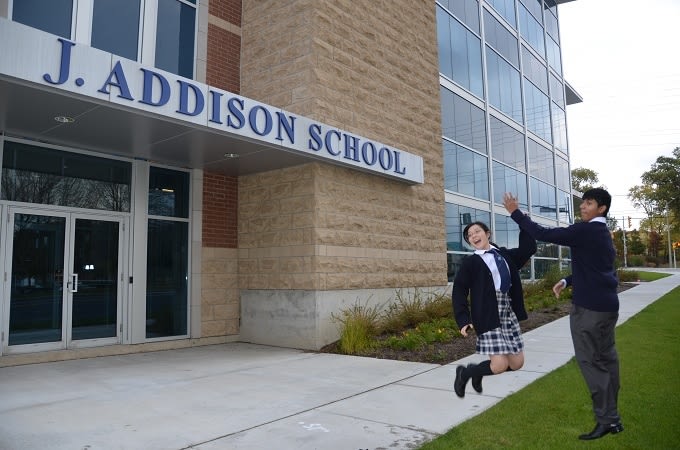
At J. Addison School, we endeavour to provide an inclusive environment that fosters cooperative learning, intelligence, creativity, and innovation. We encourage our students to continually and conscientiously challenge and motivate themselves to their full potential.
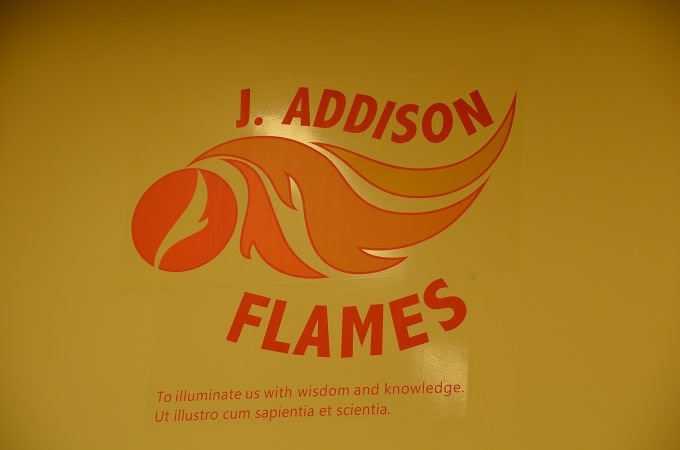
In 2011, Principal Mr. Venditti initiated the idea of creating a school mascot to facilitate the building of school spirit and to reflect the school’s goals and vision. Ms. Samantha Ngan, the Director of Guidance took on the leadership role to organize a school campaign for the project. The students submitted three logos the Phoenix, the Tiger, and the Flame. After an intense day of voting, “The Flame” was selected as the winning entry. ‘The Flame’ symbolized purity and the endeavor for perfection. Along with ‘The Flame’ the school mascot, came the school motto: Ut illustro cum sapienta et scientia. Translated from Latin it means: ‘to illuminate us with wisdom and knowledge.’




Montessori students work individually and also with each together.

J. Addison School is fully equipped with Montessori teaching resources and materials that follow and cover all 5 Areas of the Montessori Curriculum.

Special events and outings are regularly organized for Montessori students to engage and learn about the many cultures and happenings around the world.



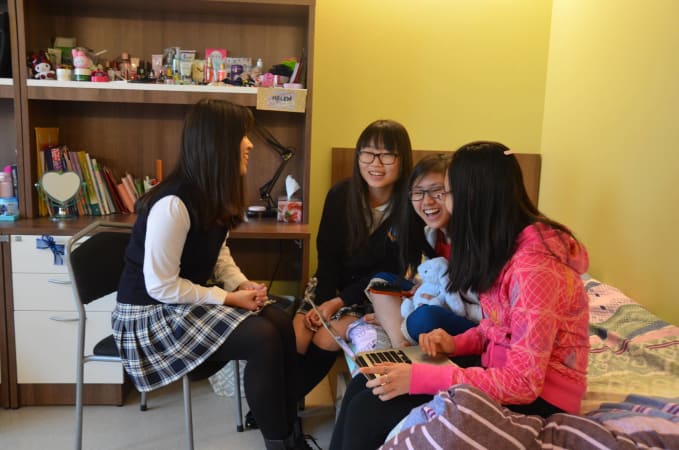
Our fully-equipped residence facilities provide a worry-free environment for students to have a balanced and healthy lifestyle.

At J. Addison School, we endeavor to provide an inclusive environment that fosters cooperative learning, intelligence, creativity, and innovation. We encourage students to continually and conscientiously challenge and motivate themselves to their full potential.


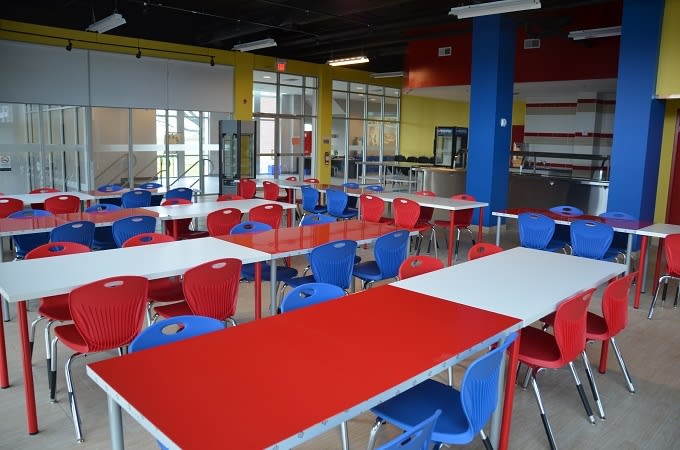
J. Addison School believes that a balanced and healthy diet is the key to balanced and healthy life which is important as you embark on a PATHWAY TO SUCCESS.
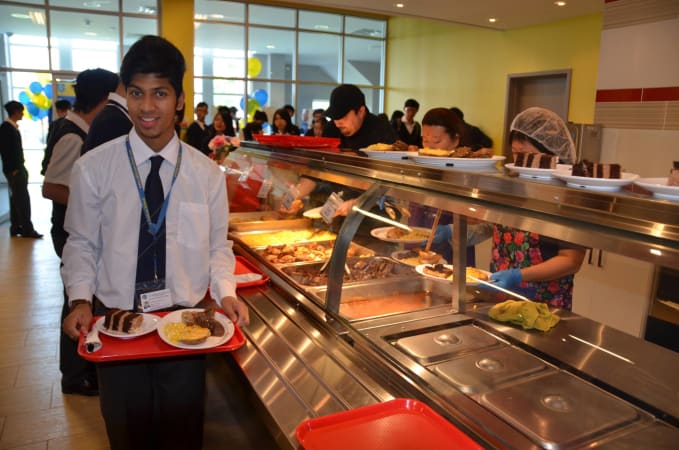
Nutritious and fresh meals are prepared in house by our chefs at Cafe J everyday.




How people from the school’s community see J. Addison School
Top-down influence on the school’s direction and tone

Daniel Cooper, Principal
As I humbly and gratefully begin my tenure as Principal of J. Addison School, I can share with you that after one year in this wonderful school, I have already accumulated great memories and experiences that resonate within and provide tremendous energy, excitement and outlook toward the school year ahead.
Entering J. Addison’s 21st year, we are excited to have a very strong staff of teachers and the best overall team of quality individuals one can imagine.
Our teachers and staff are dedicated to the care of all our students, overseeing not only their academic growth but also their character development and over all well being. The students come first and this is at the forefront of our minds each day we enter the school.
We continue our commitment to developing student skills in the areas of critical thinking, creativity, technology, communication and collaboration, while supporting our students’ interests and passions. Our Focus for Success after school program, which has provided our students with academic support and extra-curricular activities over the years, continues, with all sorts of new and exciting learning and practice opportunities.
Our community is one in which every member looks for the best in one another. We do not expect perfection from our students, however our standards are very high. We know that with determination and support, every individual in this school will grow in all areas, thrive in the celebration and use of all their gifts and reach great success on this pathway to post-secondary education and beyond.
Surmounting all of this, our mission is to treat each other with kindness, thoughtfulness and compassion. With these components at the forefront – every member of this school feels secure, confident and cared for and we know that without a doubt that our students will love their experience of being a student here at J. Addison School. It is deeply satisfying to be part of a school with such an excellent track record for success. We look forward to faithfully continuing the wonderful tradition that has been in place here for the past 20 years.
THE OUR KIDS REPORT: J. Addison School
Next steps to continue your research:
Continue researching J. Addison School with OurKids.net, or visit school website.